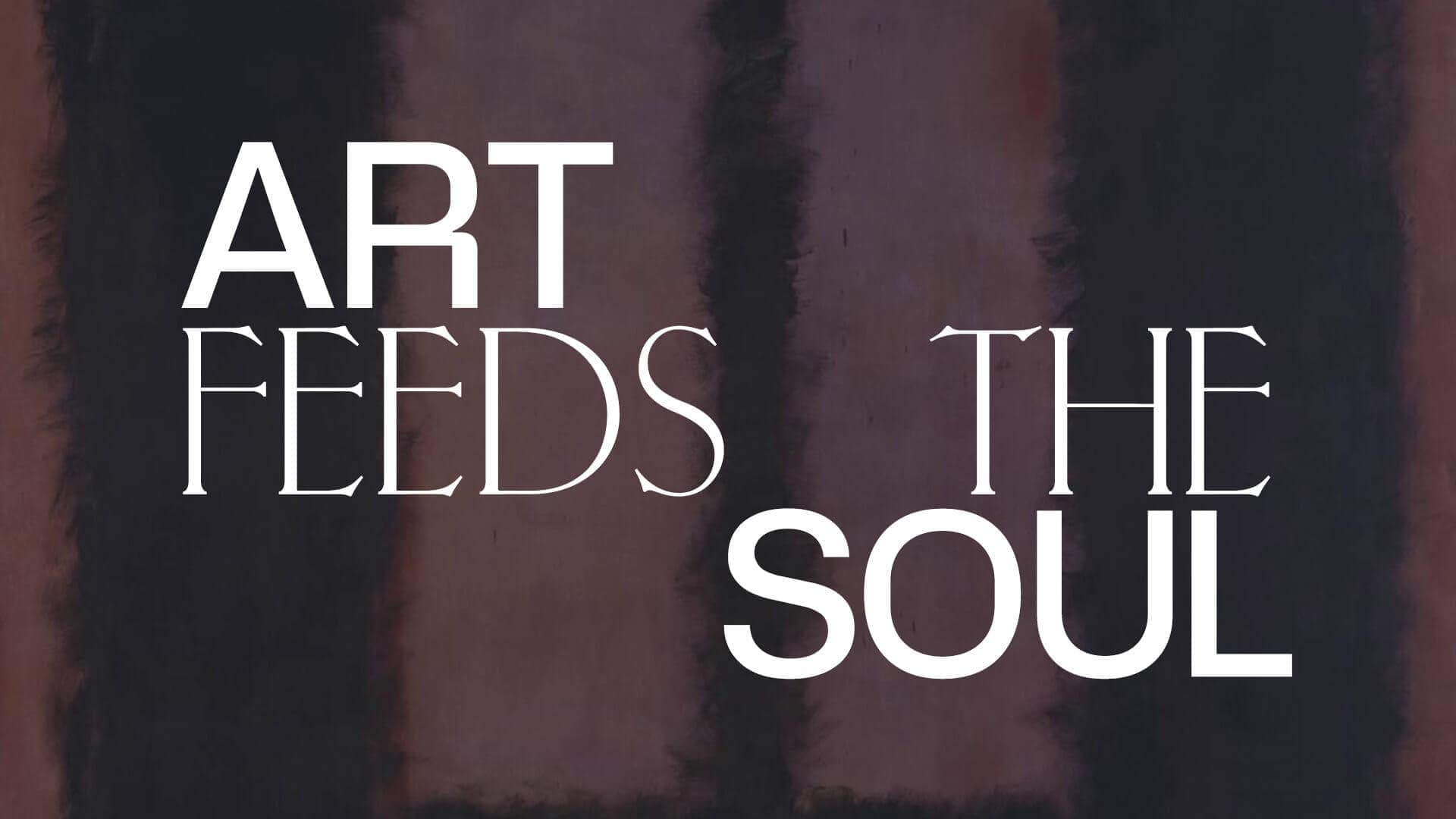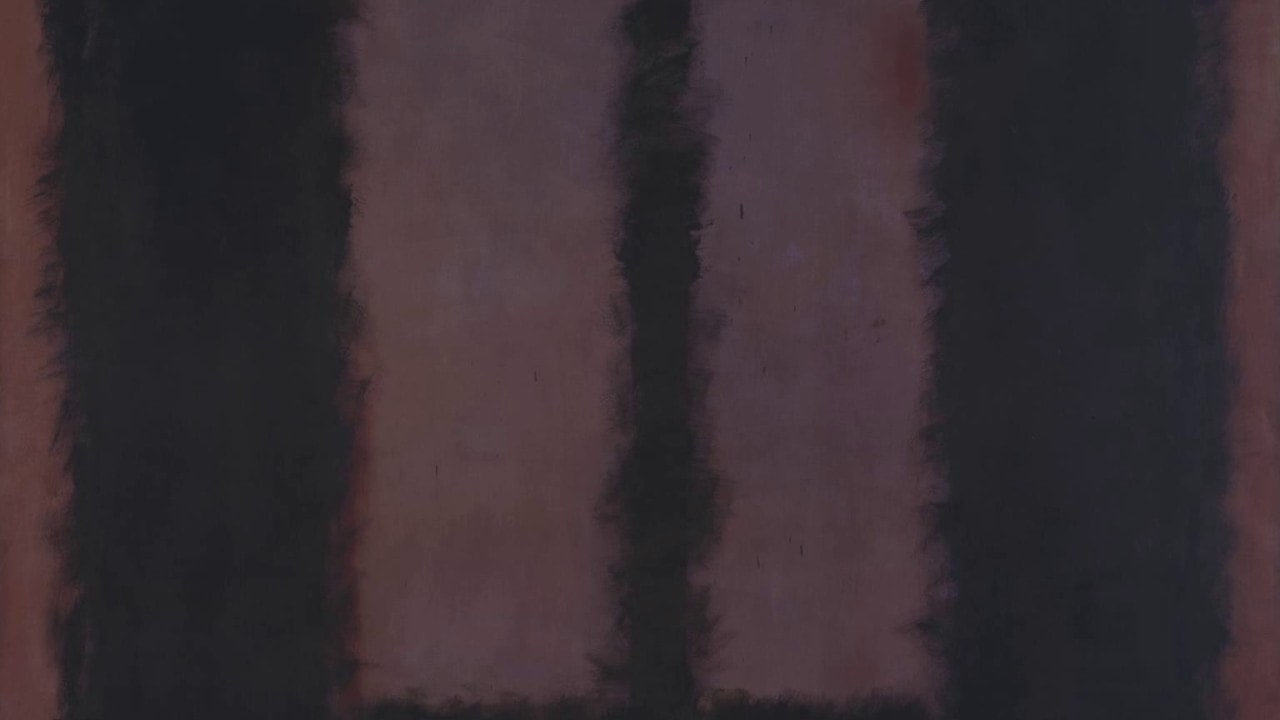
Where: Rothko’s Chapel, Tate Modern, Natalie Bell Building, Level 2, East
Rothko described Michelangelo’s Laurentian Library, a heaving status symbol of Medici wealth in Florence, as a space where you ‘feel trapped in a room where all the doors and windows are bricked up, so that all [you] can do is butt [your] head forever against the wall’. There are more than obvious parallels in his dimly lit, out of the way room on the second floor of the Tate Modern.
The paintings here have no recognisable shape – they are objects of inner contemplation and demand complete absorption. While you don’t – and probably shouldn’t – end up headbutting the paintings in frustration, the shape that emerges from them are the recognisable shapes of our inner workings. This is not poncy, faux-creative blathering – this chapel of anguish and introspection is one of the most cathartic spaces in London.

Mark Rothko, Black on Maroon, 1958, Tate, © Kate Rothko Prizel and Christopher Rothko
Rothko’s art constantly tried to negate any evidence of the painting process – in his opinion it was crucial that a viewer notice the painting, but not indulge in the intention of the painter.
Perceived, as the artist intended, in reduced light, the layers slowly emerge. If you make the effort to be part of the room, these paintings induce trance-like states. People have been known to completely unexpectedly melt into tears of joy or sadness at the sight of them.
In this room, the mind space we are granted is gargantuan. One can resolve one of the riddles of our romantic relationships. Or send the spirit into a split-second slice of self-forgiveness. We are much less with the painter as we are with ourselves.


